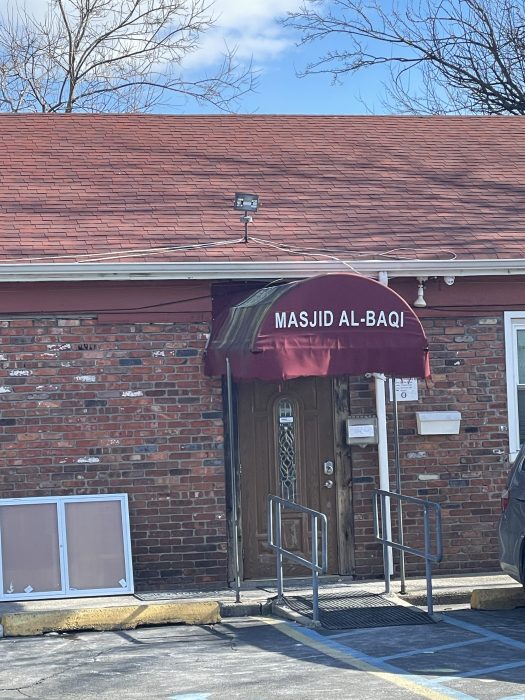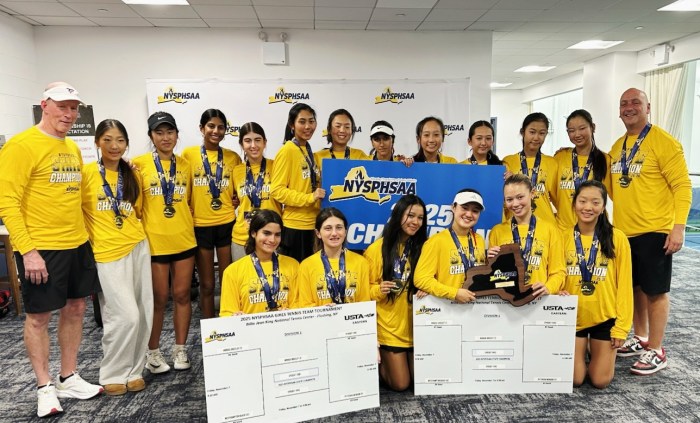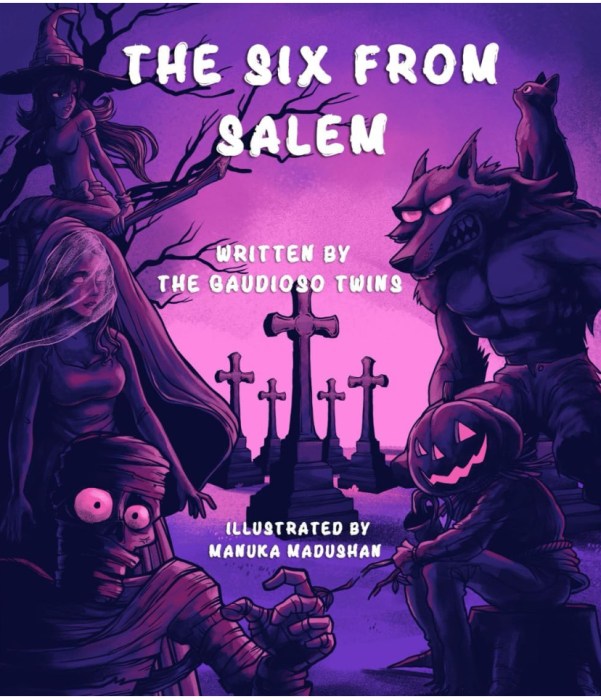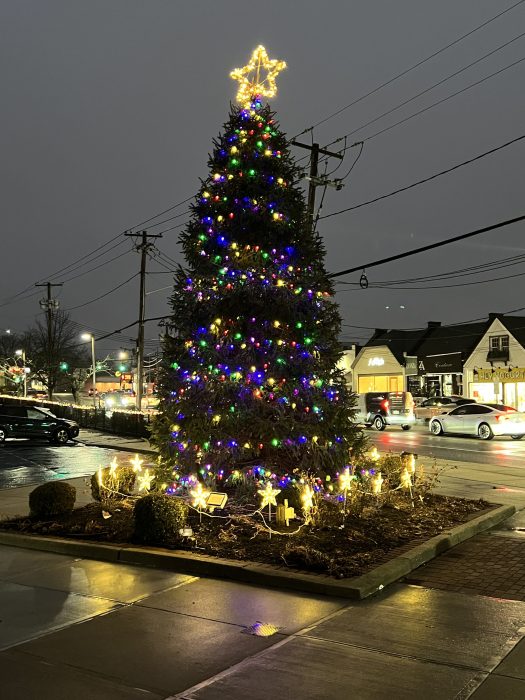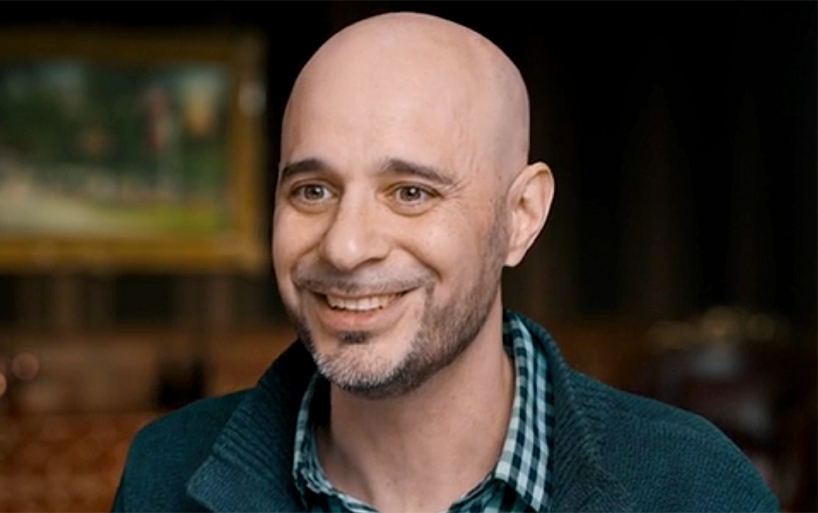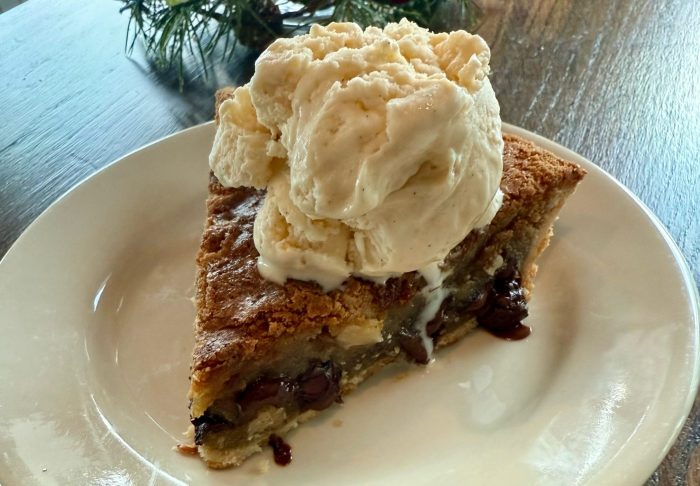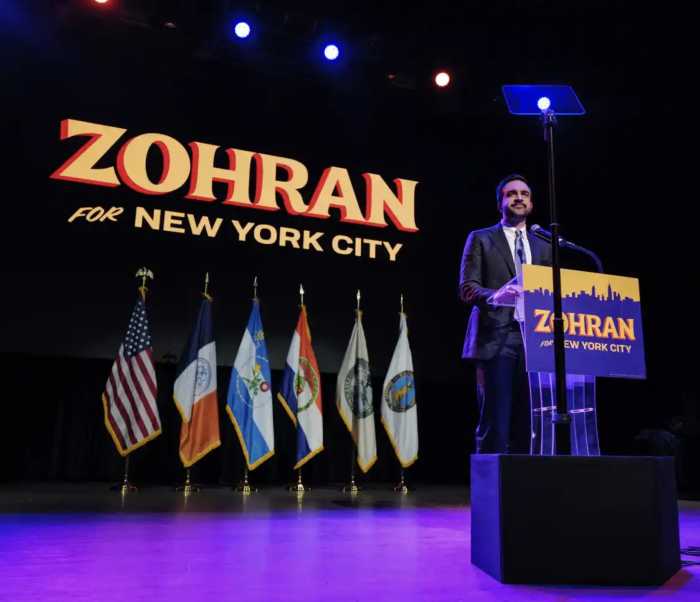Reading Katherine G. Velsor’s newest book, Long Island: Friends in Freedom, is like hearing the story of family friends. The people she writes about and the locations she mentions are all familiar to North Shore residents, names like Hicks, Valentine, Underhill, Carpenter, Willet, Adam, Bowne, Dodge, Mott, Ketchum, Jackson, Townsend, and places such as Hicksville, Westbury, Hempstead, Jericho and Oyster Bay. The book tells the story of the Quakers on Long Island as well as the history of free blacks, the abolitionist movement and the people involved in it locally.
Professor Velsor has been researching her topic of the Underground Railroad on Long Island since 1994. She spoke about her journey to a full house at the Koenig Center recently, at a book signing attended by many Quakers, historians and interested listeners. She enhanced her talk with slides from the book. The book, the result of a research grant, includes notes, a bibliography and an index that will make it a great tool for future researchers.
Velsor proves her premise by giving Quaker history, and explaining their stand on Abolition, based on their belief that everyone can speak directly to God and therefore all are equal. That was the force behind their desire to help escaping slaves.
George Fox In OB
Quaker founder George Fox left England to find religious freedom after leaving the Anglican Church and brought his message to Oyster Bay around 1672, speaking from Council Rock on Lake Avenue to the Feeks, Townsends and Weeks families. Today, a plaque marks the place Fox spoke. At that time, the Quakers were considering the query, “Is it right for Quakers to own slaves?”
The story of the Underground Railroad on Long Island is being uncovered by Velsor through discovering its mention in documents and letters sent by Quakers to friends and family. Velsor is an associate professor in the School of Education at SUNY College at Old Westbury. Velsor has published several works related to her research into the history of the Underground Railroad on Long Island, including Brother & Me, Friends of Freedom: The Anti-Slavery Struggle in Queens and Long Island and The Road to Freedom: the Underground Railroad, New York and Beyond. She earned a B.A. from the Lindenwood Colleges; an M.A. from Lehigh University; and an Ed.D. from the University of Cincinnati.
Velsor is also the director of the Underground Railroad Teaching Partnership, whereby she works with area school districts to perform training for teachers on the topic and expand understanding of its impact on Long Island. She has received numerous research grants, most recently from the LI Community Foundation to establish the Underground Teaching Partnership.
Velsor said she heard of the Underground Railroad as a young child and as an adult, looking into that history, asked the then librarian at the Oyster Bay Historical Society in 1994, “Do you have books on the UGRR on LI?” and was told, “Don’t be silly. There was no slavery on Long Island.” The very next day she went to the L.I. Studies Institute at Hofstra and asked about that history on Long Island and was given a letter written in 1939 that mentioned a place called Quaker Hill and “stations on the Underground RR.” The letter writer talked about how the stations on the Underground Railroad got slaves 60 miles away from Long Island and on their way to Canada. That letter gave direction to her quest. First, she had to find out where Quaker Hill was located.
She identified Quaker Hill as a 2-mile strip between Dutch-New York and English-Connecticut where many Quakers settled. She called it a DMZ area, fitting it into today’s nomenclature.
The Quakers became involved in the issue of slavery when David Irish of Quaker Hill asked a question on May 30, 1767 at the Quaker’s New York Meeting in Flushing, Queens about the buying and selling of blacks — if it was not consistent with Christianity/Quaker belief since Quakers believed all people were equal under God.
Her book is rife with dates in black history on Long Island, enough to whet the appetite of future historians. The first black community on Long Island was started in 1613 when a free black man was left behind by a ship, and established a family living among the Rockaway Indians.
On Aug. 6, 1655, the first slave arrived in New York, then New Amsterdam.
She said that in 1652 there were on Long Island, one slave for every 10 whites and by 1773, there was one slave for every five settlers. The English had outlawed slavery in England and Scotland in 1772, but not in the British Empire until 1883.
The story of Elias Hicks of Jericho is central to the story of the Quakers taking a stand against slavery, as he preached against it. His encouragement resulted in, during the years of 1775 and 1776, members of the Westbury meeting to free 85 slaves. The Quakers also began buying slaves with the intention of freeing them.
Maine Maid Inn
One of the stories she related involved Valentine Hicks [the son-in-law of Elias Hicks] who helped a runaway slave who was working in his field along with freed slaves, when a slave hunter appeared. Valentine Hicks welcomed the slave into his home and hid him in the linen closet in which hinged shelves hid access to the attic. That house is what is now called the Maine Maid Inn, a Town of Oyster Bay landmark.
[The Maine Maid Inn was made a Town of Oyster Bay Landmark in 2012 and is for sale through Breslin Realty. John Collins, historical architect said, “The benefit of being a Town Landmark is that any potential buyer who wants to restore the Maine Maid Inn would save 28 percent of the costs in tax credits. That is why it has been named a landmark: for its preservation. Velsor said one of the things the Quakers did as they hid slaves, was to teach them both how to read and write as well as the social skills they would need to fit into a free northern society.
Listeners’ Comments
The nature of the Quaker’s work of helping the slaves was meant to be kept secret. No one wanted people to know about what they were doing since they were working against the establishment.
A woman asked if Velsor had found anything about the Sealow family of Syosset who were an old Quaker family and owned what was recently called the Lollipop Farm on Jericho Turnpike. She said the farm had an ice-house and a pond. Research showed it was the old Jackson Farm that closed in 1967. Harry and Alice Sweeney founded Lollipop farm in 1950 as a petting zoo.
Velsor said one of the benefits of talking to groups and of people reading her books was it lead to new research. She said, “One of the wonderful things is when the phone rings or I get emails and that is where whole chapters start as people start to share these things.”
John Hammond, Oyster Bay Town Historian, added that the town has a 1718 letter from the Oyster Bay meeting to the London meeting, asking the same question Hicks asked, — if Quakers could own slaves.
Velsor said one of the things she learned through her research was that it was more dangerous for the runaway than the Quaker. “The slave was never free,” she said.
A New Station?
A gentleman stood up and related his story of owning an 1837 house on Prospect Street that he said it was the parsonage for the Baptist Church on Orchard Street. In it he said a third floor room had two doors, one a normal sized one and the other, just three feet by one and a half foot that lead to a entire room with a wooden floor; with floorboards all worn from use. He suspected that is was used for hiding slaves. [Proving that will take a great deal of architectural and historical research.] He said his family came from Missouri and before that were Huguenots [members of the Protestant Reformation Church in France] in the 1600s and freed slaves there.
Historic District
Working to preserve the historic Quaker area is an ongoing process for Velsor. She said she has tried to have the Elias Hicks House designated on the National Park Service Underground Railroad Network to Freedom but it has not been accepted as yet. The house is owned by Nassau County and they are in favor of the designation.
She is in discussion with the NYS Office of Parks, Recreation & Historic Preservation to designate the Jericho Preserve as a historic district. She is currently working with them to widen its boundary to include the Malcolm House (adjacent to the Maine Maid Inn/Valentine Hicks House.) The Jericho Meeting House is already on the National Register.
More Preservation
The next event at the OBHS in April is to celebrate Preservation Week. Nicole Menchise archivist, will presents a preservation workshop on preserving your families personal recollections on April 25: recording family histories and all the difficulties involved. For information or to reserve a space please call 922-5032.




